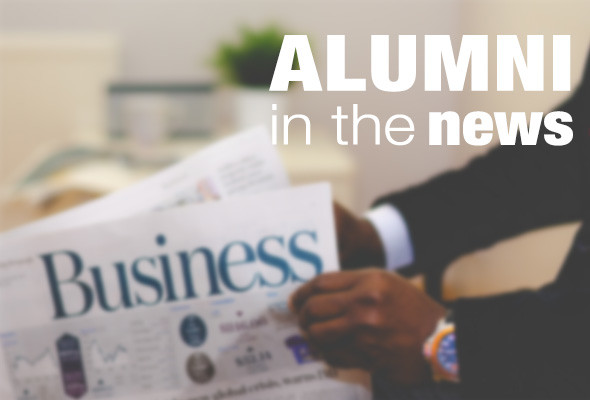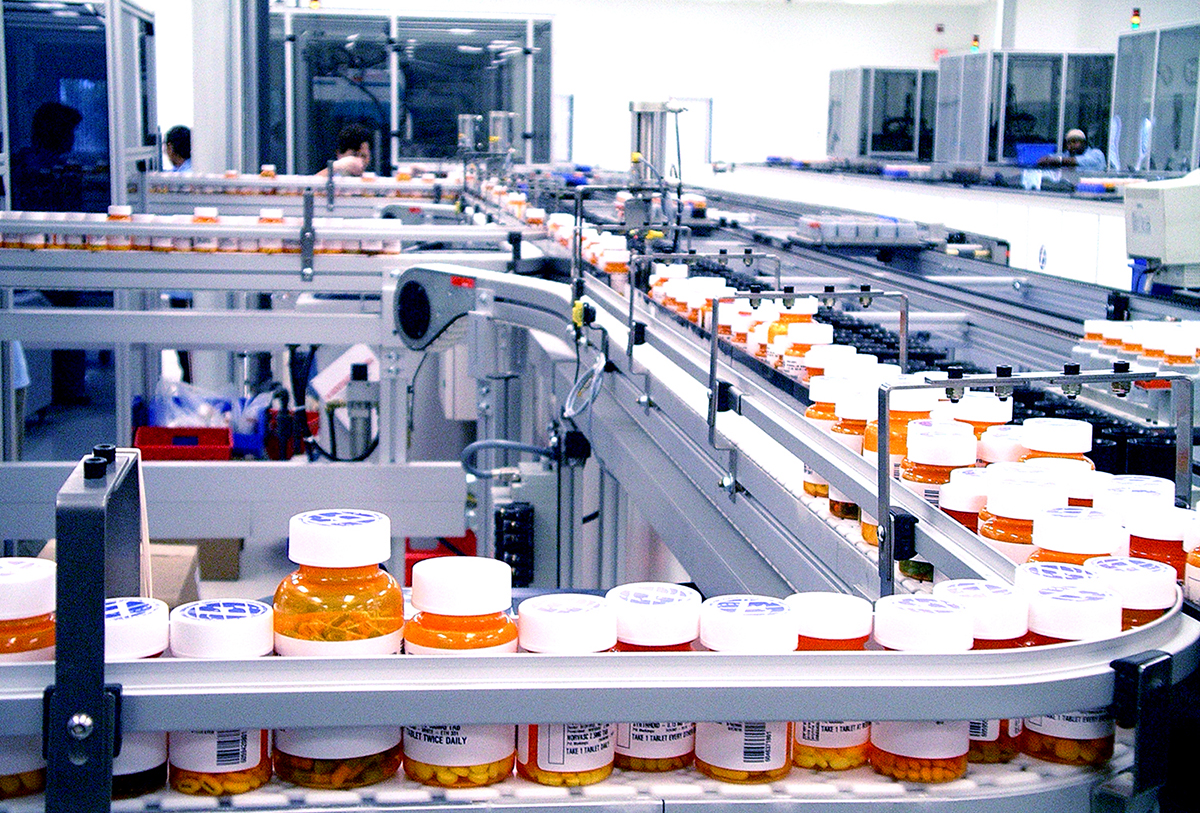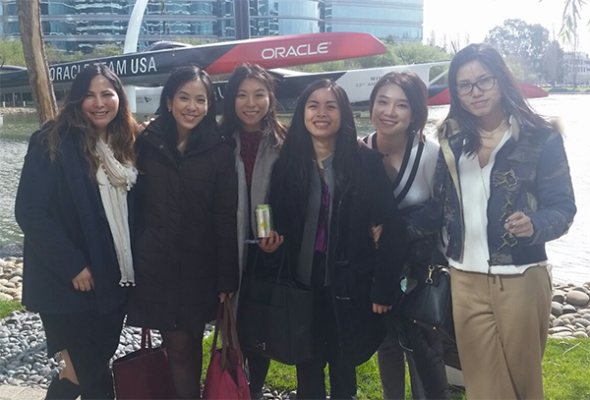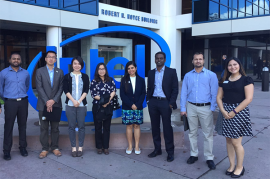Mary P. Heger, a 2001 graduate of Olin’s Executive MBA program, is senior vice president and chief information officer (CIO) for Ameren Services, a subsidiary of Ameren Corporation. The St. Louis Business Journal named her one of its Technology Executives of the Year for 2017.
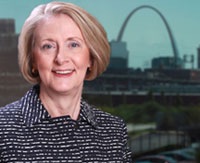 Hager directs the staff responsible for all IT application development, infrastructure, networks and future business technologies that includes 550 employees in Missouri and Illinois. Her responsibilities include Ameren’s data center and network communications, planning and cybersecurity.
Hager directs the staff responsible for all IT application development, infrastructure, networks and future business technologies that includes 550 employees in Missouri and Illinois. Her responsibilities include Ameren’s data center and network communications, planning and cybersecurity.
Heger began her career in 1976 at Union Electric Company, now known as Ameren Missouri, and moved into information technology as a programmer in 1981. In 1992, she was promoted to assistant treasurer and manager of investor services.
After serving in various management positions, she was promoted to director of development for information technology in 2004. In 2009 she was promoted to vice president of information technology and Ameren Services Center, which included managing payroll, bill processing and accounts payable. In 2012 she assumed the role of chief information officer.
Heger holds a bachelor’s degree in management from Maryville University in St. Louis. She is a member of the board of International Institute and a former board member of Craft Alliance and SouthSide Early Childhood Center. She also is a graduate of Leadership St. Louis®, one of the most highly-respected leadership development programs in the nation.
In August 2013, Heger was named one of the most influential business women in St. Louis by the St. Louis Business Journal. Other awards include the Maryville University 2014 Deans’ Award, a YWCA 2010 “Leader of Distinction” award and Diversity Journal named her among the “Women Worth Watching” in 2011. In 2015, Heger was recognized by STEMConnector® as one of the top 100 CIO Leaders in STEM. She has served on the Diversity Council at Ameren and is currently the co-chair of Ameren’s United Way Employee Campaign.
Link to St. Louis Business Journal article, “Mary Heger, senior vice president and CIO at Ameren: 2017 Technology Executives of the Year”
Sources: Ameren website, St. Louis Business Journal


